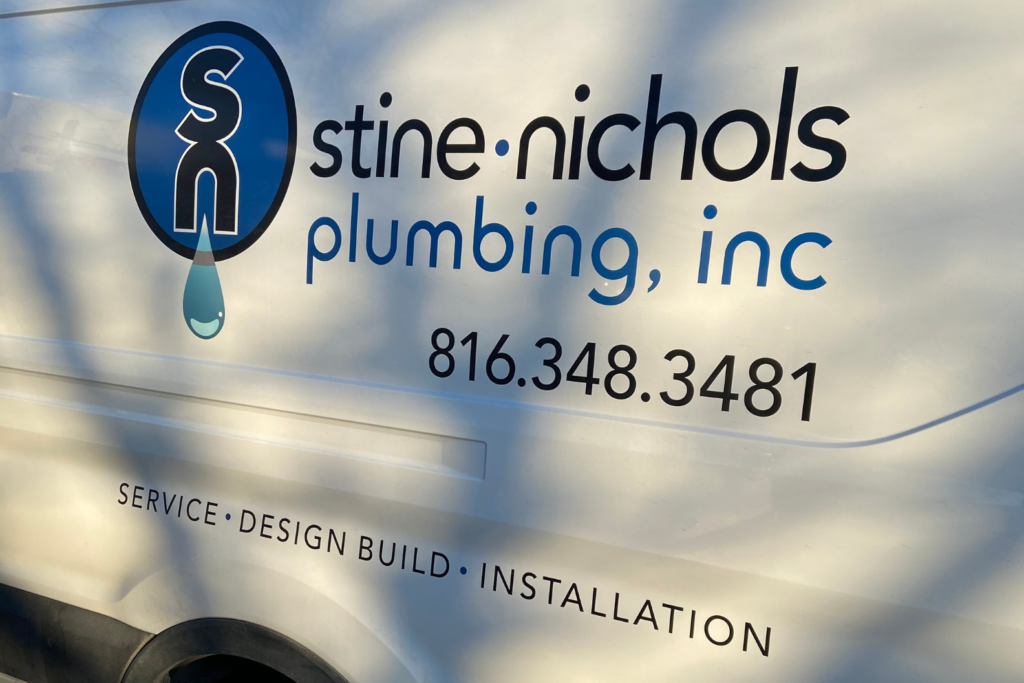When it comes to potential plumbing projects, there are certainly no shortage of possibilities. You could have a water heater that’s due for its annual flush. You could have some dated faucets that are in need of being replaced. You could have a drain that’s running much slower than normal and needs to be cleaned. As a plumbing company offering both residential and commercial services, we come across each of these scenarios and more on a regular basis. With this experience, we like to utilize our blog as a resource for homeowners and facility managers that may have questions on how to approach particular plumbing issues. And as you can likely guess, some projects are easier to complete than others!
In this week’s blog post, we’re going to discuss the importance of “safety” in greater detail as to how it pertains to the plumbing world. This includes safety components that are utilized in different parts of your plumbing system and why you should emphasize safety when taking on a DIY home improvement project! If this is your first time stopping by our blog, welcome to Stine-Nichols Plumbing! We are a plumbing business located in North Kansas City, MO and provide plumbing services all throughout the Kansas City area. If you’re interested in a free estimate on a project, don’t hesitate to give us a call at (816) 348-3481. Now…on to this week’s blog post!
Safety Features
As briefly mentioned above, one example of plumbing and safety being intertwined is in regards to the water heater, which undoubtedly serves an important role in one’s daily life. The water heater is one of many plumbing components that you’ll want to have working on a consistent basis. In last week’s blog post, we talked about the importance of flushing your heater routinely and why maintenance, in general, is so critical. However, this week, we’re going to take a look at safety features (which will also help ensure your water heater continues to function properly) that serve an important role.
Thermal Expansion Tank – For those familiar with our plumbing blog, thermal expansion is a term you’ve likely seen once or twice before! Essentially, when water is heated, it expands in volume. With a storage tank water heater, there is a defined space for the water to occupy. If the volume of water gets too high, it will put extra pressure on the actual heater and elsewhere. Your expansion tank is there to take on this extra pressure and water to ensure everything else can continue to operate like normal. As you can likely imagine, if there were no expansion tank and the pressure became too high, some serious problems could soon follow!
T&P Relief Valve – While on the topic of water heaters, another safety feature that your unit should have is called a T&P relief valve (with a discharge pipe connected to it). This integral safety component is there to prevent emergencies from occurring in the event that the temperature or pressure inside the tank happens to get too high. If either the temperature or pressure reached an unsafe level, the T&P relief valve would open to release this excess pressure.
All in all, if you look at the various components that make up the inside of a water heater, you’ll notice there are several pieces. Each of these serve a unique role to not only keep everything working in an effective manner, but also while doing so safely. In this section, we covered a couple of these with the thermal expansion tank and T&P relief valve (with the discharge pipe connected). It’s definitely worth double checking your water heater to ensure it has each of these components!
DIY Projects
We highlighted this in the opening paragraph, but there’s no denying that plumbing projects can vary significantly. While it’s never a bad idea to have an experienced plumber complete the repairs (especially so it gets done correctly the first time), there are other projects that some homeowners may opt to turn into a DIY job. Nonetheless, if you do decide to embark on a DIY project, make sure you have an understanding of the work you’ll be completing and are aware of the necessary safety precautions needed.
Do Your Research – First and foremost, it’s always important to do your homework before getting started (especially if you don’t have much experience with plumbing). For example, consider the project of replacing a toilet flapper. Familiarize yourself with the anatomy of the toilet tank and ensure it’s the flapper that is causing the issue (most likely, a running toilet is the issue in this case). Knowing what’s what can be very helpful! After that, you’ll be ready to head to your local hardware store and purchase the repair parts before making the replacement.
Safety Supplies – Just as it is important to do your research ahead of time, it is also a good idea to make sure that you have all of the proper safety supplies to successfully complete the project. This is obviously going to vary depending on the project, but a couple of no-brainers to consider would be gloves and safety glasses. Likewise, you’ll also need to take into account the equipment needed. Having the right tools definitely makes a massive difference when tackling a plumbing project.
Plumbing Best Practices – The final safety precaution that we’ll highlight here in regards to DIY projects is understanding the role of general plumbing best practices. A major reason why we recommend leaving most repairs up to an experienced plumbing professional is because many of these will be second nature to them and are things they’ll know right away. In any case, if you are tackling a DIY project, these best practices will be essential to ensure a successful project. What might this include? One that instantly comes to mind involves remembering to shut off the water supply prior to making any repairs. Whether that means doing so at the specific fixture itself or at the main shut-off will depend on the project, but this one is a must prior to making repairs.
All in all, DIY plumbing projects can easily be completed successfully. However, doing so in a safe manner is going to be very important! This will ensure your safety and help limit the odds of a minor repair escalating into a major plumbing emergency.
Call the Plumbing Professionals at Stine-Nichols Plumbing!
Given that we offer residential, commercial and new construction plumbing services, safety is something that we take very seriously here at Stine-Nichols Plumbing. We want to ensure that our team members are safe while completing the projects, as well as create a safe environment where our customers won’t have to worry about the same plumbing problem popping up again soon after. Whether that be a water heater, gas line or anything else, safety is always a top priority! Throughout this week’s blog post, we discussed a few safety components that are tied in with your water heater, as well as tips for safely completing DIY projects. Remember, it’s always better to be safe than sorry when completing plumbing tasks!
If you live near Kansas City and would prefer to just hire a plumbing professional for your next project, our team at Stine-Nichols Plumbing would be happy to lend a hand! No matter how big or small the project may be, our team of trained plumbers possess the experience needed to get the job done correctly and in a safe manner! Give us a call at (816) 348-3481 to request a free estimate.


